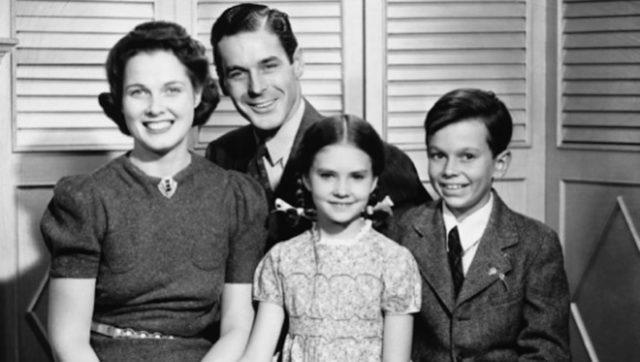During the last 30 years, family types in Costa Rica have diversified as a result of a significant decrease in the so-called “traditional model”; that is, mom, dad, and children.

The nuclear family went from being present in 51.2 percent of national households, in 1984, to 41.8 percent in 2011, according to data from the National Institute of Statistics and Census (INEC).
Among the family compositions that increased stand out those formed by a father or mother without a partner but with children. Single-parent families went from 8.6 percent in 1984 to 13.8 percent in 2011. Of single-parent households in Costa Rica, 89 percent (151,569 of the total) are headed by a woman.
Another significant increase occurred with couples without children. In 1984, 6.9 percent of the country’s households belonged to this category; while in 2011 it rose to 10.7 percent.
Sofía Mora Steiner, a sociologist of the INEC, affirms that the data shows that the Costa Rican society has increased its vision about what a family is. “Previously single-parent households (only the mother or only the father) were stigmatized”.
Now, it is more common for a woman to live alone with her children since she is not so judged. Similarly, there are families who decide not to have children. In the past, the idea of marriage was, precisely, procreation; that is an issue that has been overcome”, said the expert.
The demographer and deputy director of the Central American Population Center of the University of Costa Rica, Jorge Barquero, explained, meanwhile, that many couples have begun to question motherhood and fatherhood from sociocultural factors. Some prefer to prioritize in their professional careers and even in having a higher quality of life in economic terms.

In the same way, there are those who transfer their vocation of care towards animals. However, despite the affection that a person can develop towards their pet, no definition includes it as a family.
In contrast to nuclear families with children, which was the one that had the greatest decrease, Single-person households (in which only one person lives) are those that present the most significant increase, going from 5.6 percent, in 1984, to 11.3 percent, in 2011. Although this category can be considered as a home, it is not covered by the traditional concept of family.
